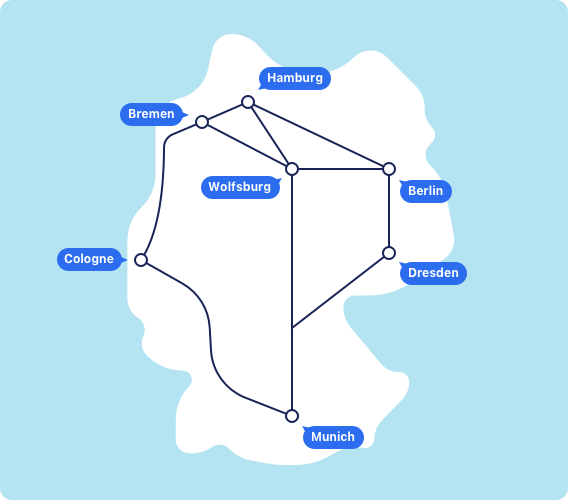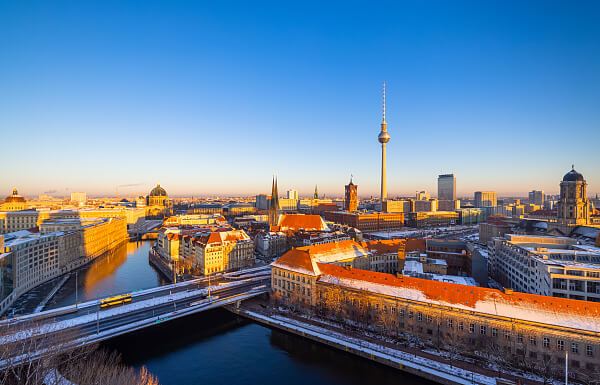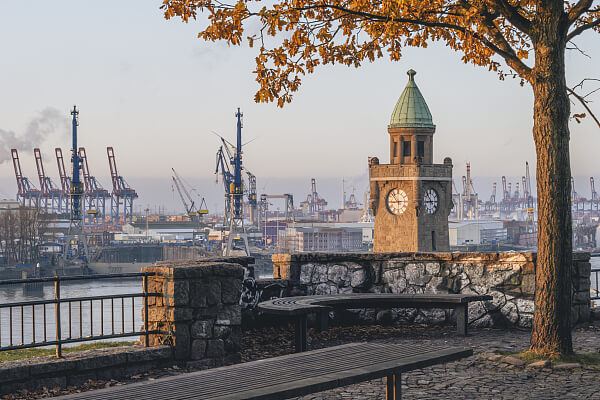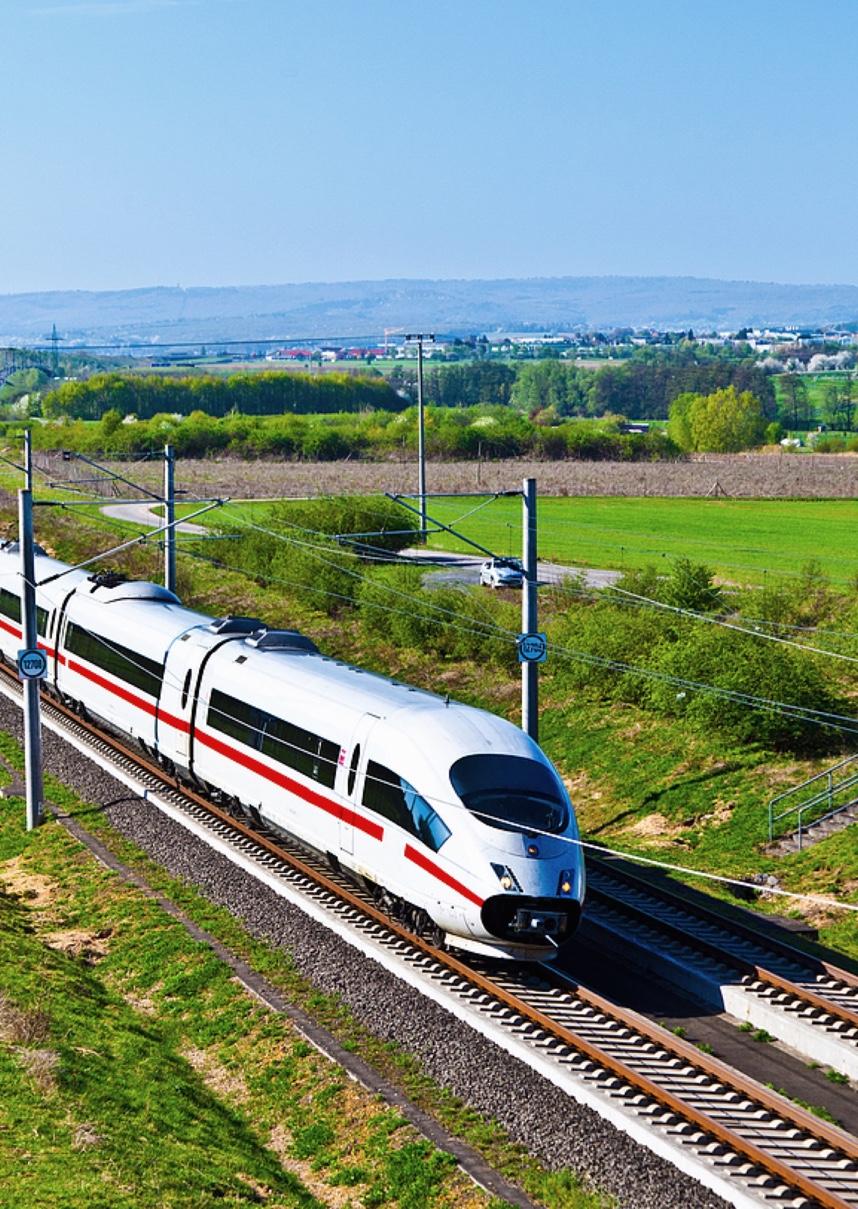
The Intercity Express (ICE) is Germany's leading high-speed train service, operated by Deutsche Bahn (DB). Launched in 1991, ICE trains have become the top choice for long-distance travel in Germany. With top speeds up to 330 km/h (approximately 205 mph), they offer a fast and reliable option for both domestic and international routes.
Known for their impressive speed and comfortable ride, ICE trains provide modern amenities like spacious seating, onboard Wi-Fi, power outlets, and dining services for a convenient and enjoyable travel experience. Frequently operating reliable services on major routes between large cities, ICE trains stand out among DB's competitors and their own offerings alike, becoming the preferred choice for many travellers.





